Dead Men with Ideas
Name in Stone
Frederick I Barbarossa — a man who took the phrase “die for the Empire” far too literally. His name turned bronze long before his flesh had time to rot, becoming a synonym for unsinkable power. Crowned in Aachen, he marched across the Alps, rubbed shoulders with popes and princes, torched cities and signed charters like autographs scrawled on Europe’s skin. The Holy Roman Empire under his hand resembled a stitched-up body: a German head, an Italian chest, a papal appendix. He didn’t rule — he sutured.
Somewhere between the Lombard campaign and his final crusade, his iron heart began to rust. So he set out on the Third Crusade — a last injection of meaning, perhaps. Bridges cracked under him, rivers ran beside him. His death was like an epitaph written by water itself: the emperor, allegedly invincible, dives into the Saleph River to “cool off”… and drowns.
And that’s when the stone begins its work. By the river where his flesh dissolved stands a monument with no body. Only a name. Barbarossa Anıtı — a roadside obelisk cast in silence. His name is inscribed in the landscape like a glitch in historical code: you take a turn off the highway and run not into a hero, but into the void he once occupied. This is Barbarossa’s final title: The Emperor of the Abyss.
Frederick Barbarossa: alchemist-emperor of the Holy Roman Empire, part-time meme of unwashed power. His bronze shadow passed through alpine passes, burned half of Lombardy, and — more importantly — decomposed in Anatolian vinegar on June 10, 1190, when the old man decided to leap into the Saleph River (now Göksu) “for a quick dip.” The river cleaned him to the bone.
Dust of Biography
Let’s imagine a version where Barbarossa rose from the Anatolian whirlpool, flayed but infused with an idea. He kept walking — a liquid red ghost — and every soldier swore they heard the wet clank of armor behind them.
1191 — he allegedly reaches Jerusalem and haggles with Saladin over a shipment of salt (possibly to pickle and preserve himself).
1535 — spotted with a red beard outside the walls of Tunis, persuading his namesake Hayreddin Barbarossa to borrow the name “for brand synergy.”
1916 — a bluish-gray figure flickers off the Mersin coast; Allies mistake the phantom for a burning destroyer and retreat.
These echoes aren’t archived in any chronicle — but the dust of biography still settles on camera lenses.
Ideas That Haunt Us
Barbarossa wasn’t a man, but an instruction manual: Drown the body so the idea can surface.
He meant to bring a “living” demonstration of imperial order into the crumbling Kingdoms of the East — but Anatolia drowned the Empire instead. His death is history’s first high-concept spoiler: the quest for the Holy Grail always ends in water.
The idea of eternal statehood became an unwanted immortal — now it haunts the corridors of Brussels conferences, smelling of swamps and templar clichés.
Shadows on the Edge of Reason
Today, the stone obelisk along highway D-715, 9 km west of Silifke, looks like a demotivator: a pedestal without a statue (the bronze Barbarossa was thrown into the gorge sometime in the 2010s).
Turkish pines whisper of tourist flows promised by German diplomats; in reality — a dried-up roadside café and a few teenage graffiti tags.
The memory of greatness, resized for a parking lot. Here, the idea of empire has shriveled into a roadside sign: Barbarossa Anıtı. Scary? No. Funny.
And if you listen closely to the river, you’ll hear bubbles — someone’s still wandering down there, discussing the Fourth Reich with a fish.
How We Got Here
How to get there: From central Silifke, take a bus or car along D-715 toward Ankara; follow the sign “Barbarossa Anıtı / Göksu Şelalesi.” Coordinates: ~36.400 N, 33.860 E. The “Silifke-Mut” minibus drops you off almost at the entrance.
What’s there: A stone obelisk with a bilingual plaque, a viewpoint over the Göksu canyon. Free entry, no guards, just cicadas and wind at dusk.
Museum: For bones and context, visit the Silifke Archaeological Museum (€3). Silifke Castle — currently under renovation — contains the emperor’s symbolic grave.
Best time: Sunset. The orange light makes the obelisk look like a giant cork plugging the neck of oblivion.
Warning: Don’t go down to the river after rain. It has its own collection of red beards.
#VoiceOfRuins #DeadMenWithIdeas #Barbarossa #Silifke #Göksu #Crusaders #DrownedEmpire #Postironium #HistoryThatNeverWas







Our Telegram-channel: Voice Of Ruins https://t.me/Voice_Of_Ruins
Our Instagram: Voice Of Ruins https://www.instagram.com/voiceofruins/
Our group on Facebook: Voice Of Ruins https://www.facebook.com/share/g/16aitn9utM/ Our site: Voice Of Ruins https://www.voiceofruins.org

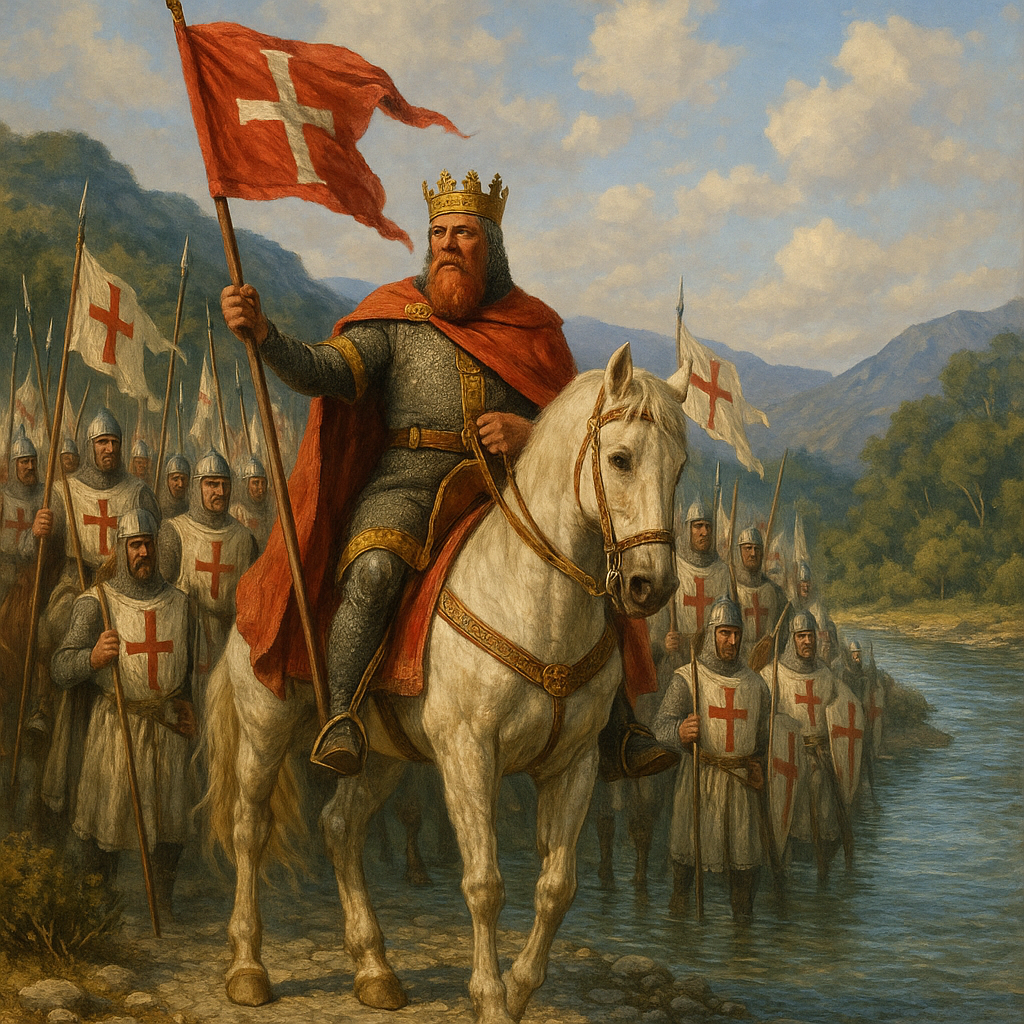
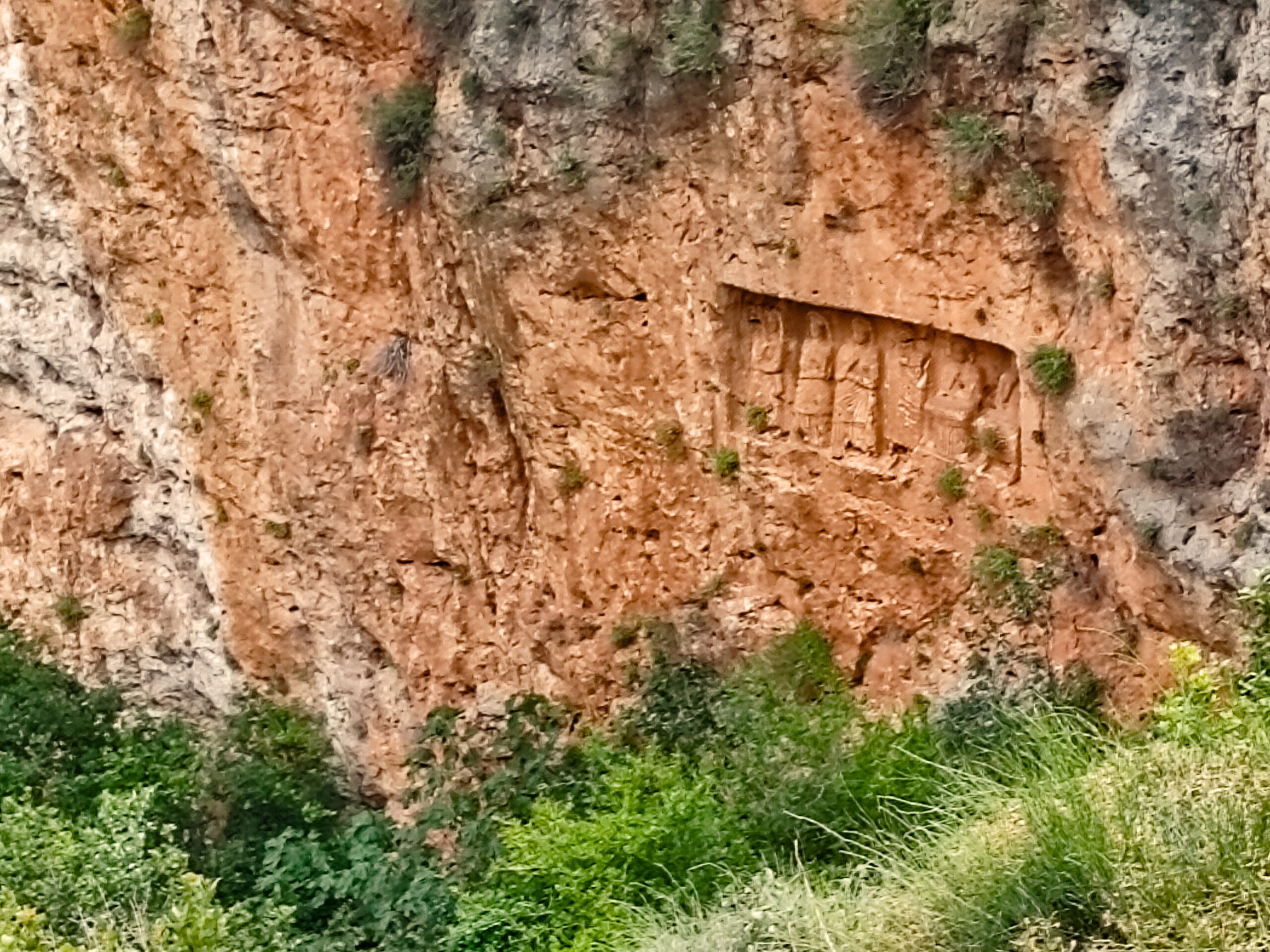
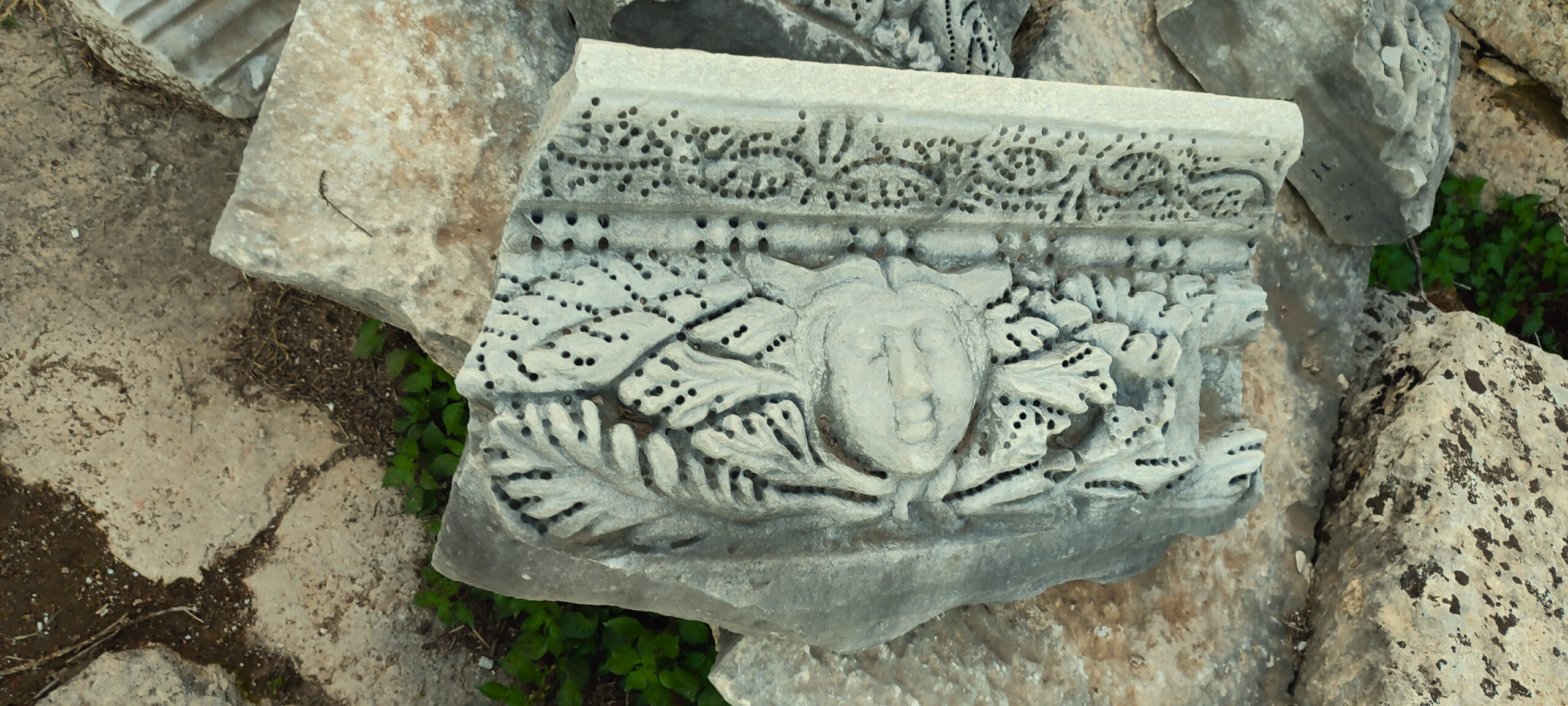
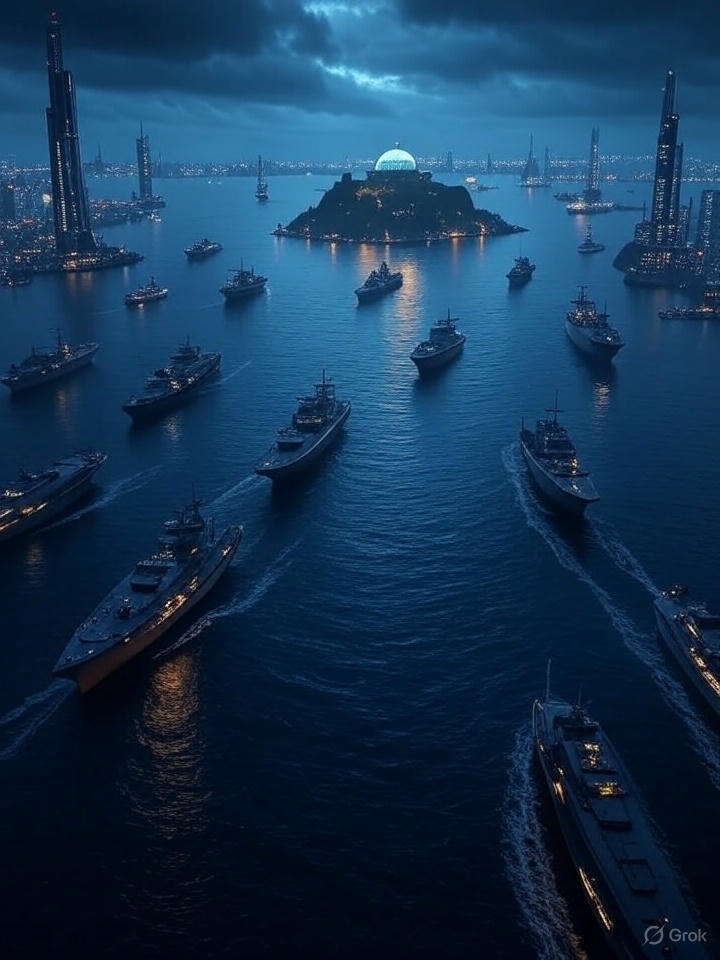
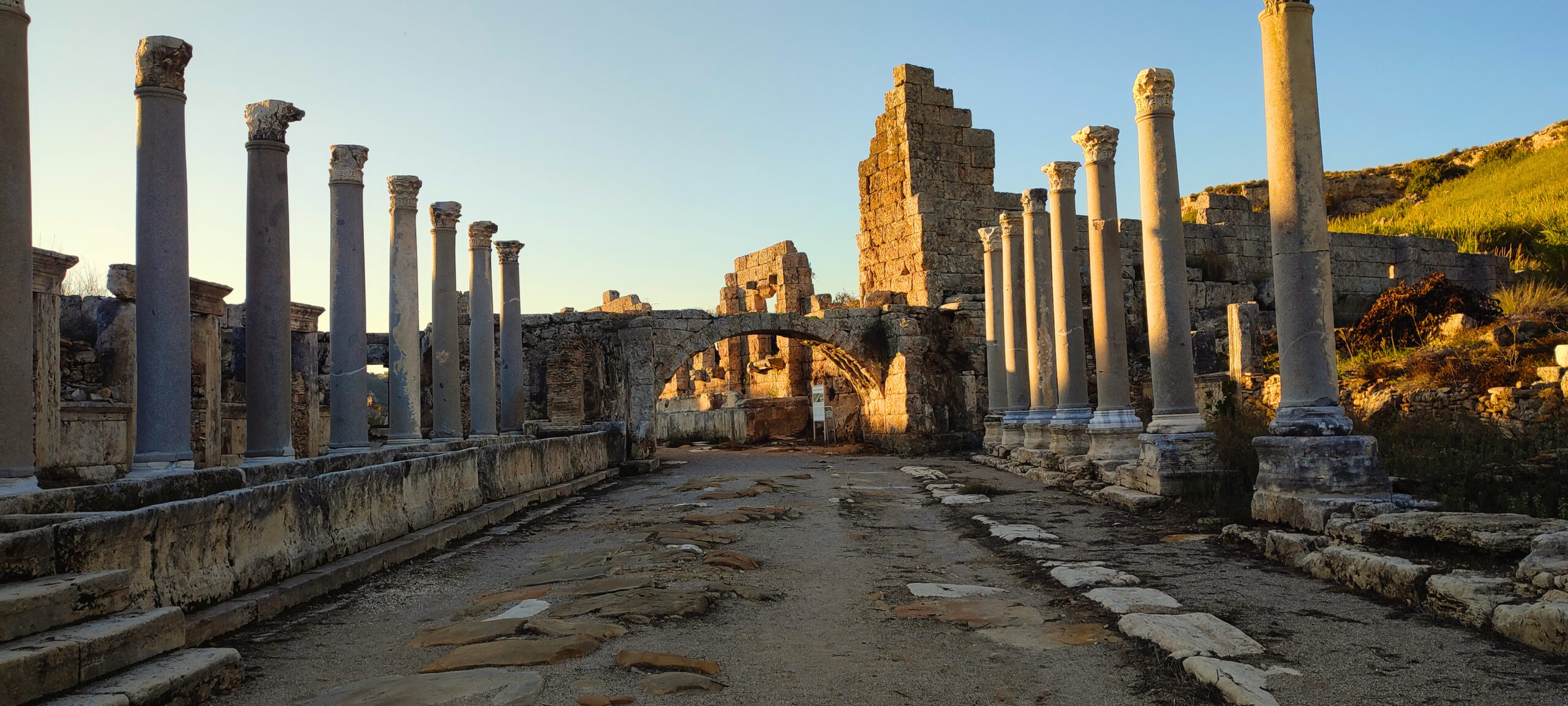
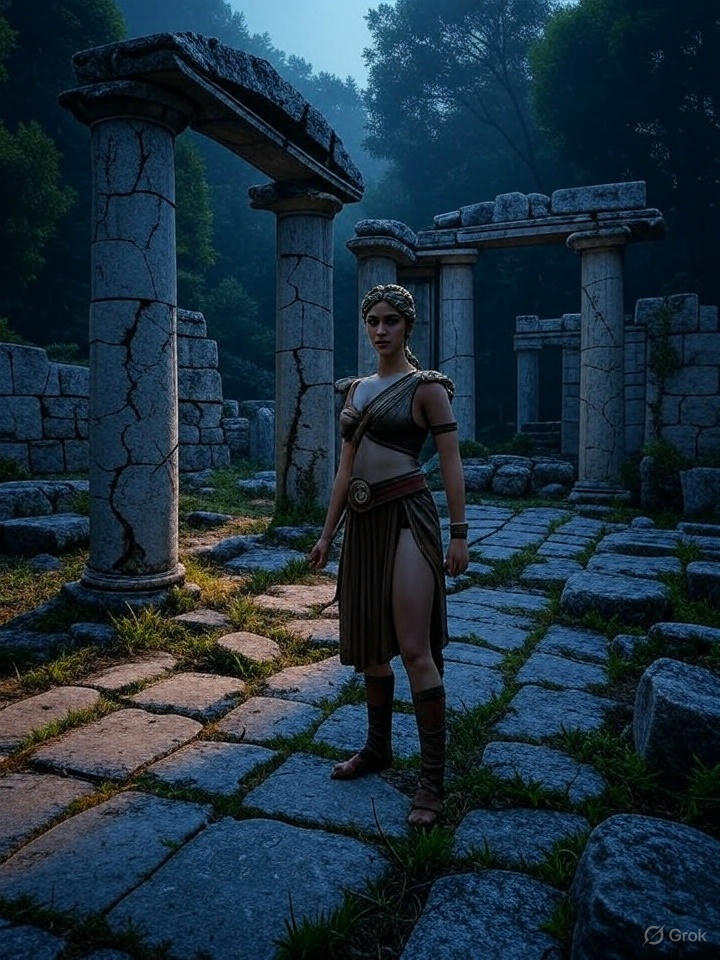

Leave a Reply